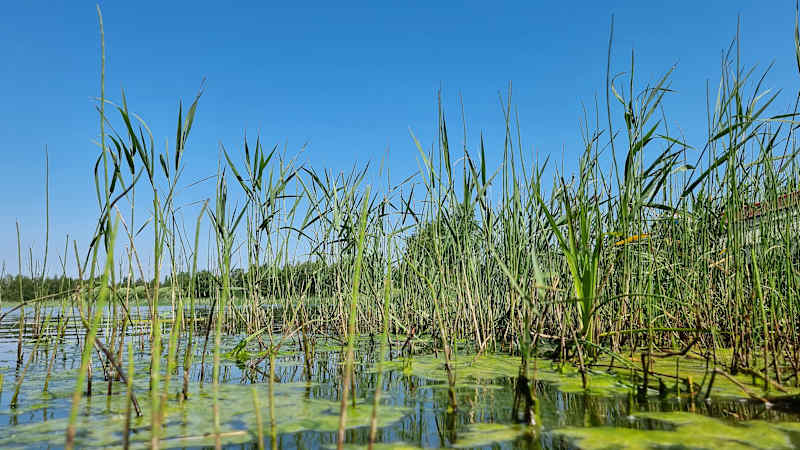Ostrobothnia’s waterways suffer from eutrophication – the biggest threat is phosphorus

About one third of the rivers and lakes observation sites and almost all of the coastal waters are classified as eutrophied, all in the open sea.
Eutrophication threatens Ostrobothnia’s waterways.
In Ostrobothnia, phosphorus is most present in waterways throughout Finland. Nitrogen in the province’s waterways is the third most in the country.
This is shown in a recent report by the Finnish Environment Institute.
Observations were made in continental Finland between 2020 and 2023. There were a total of 1,892 rivers, lakes and sea observation sites and 631 for groundwater.
Phosphorus and nitrogen cause eutrophication of waterways. They spread to the water through, for example, wastewater and water flowing from agriculture and forestry.
In animal production areas, most of the manure is used as a fertilizer as such. The biggest challenge for the effective use of manure is the concentration of livestock production in the Ostrobothnia regions, in the western part of Southwest Finland, Satakunta and Northern Savonia.
In areas focused on cattle cattle, the challenge is not as great as in pigs, poultry and fur production.
Nitrogen loads of water bodies fell
There were no changes to the nitrogen fertilizer during the reporting period, except in 2022, when mineral duties were significantly less used than in previous years. It was due to a sharp rise in the price of fertilizers.
Highly rising concentrations were observed in the internal archipelago of the Kvarken, the inner coastal waters of the Bothnian Sea, in the southwestern interior archipelago and four rivers, three of which were loaded with agriculture.
In the load survey, it was noted that the nitrogen load on the Gulf of Bothnia has fallen in all sea areas since the previous reporting.
Although nitrogen load has fallen, another significant nutrient, or phosphorus, continues to affect eutrophication.
The eutrophication situation has not significantly changed from the previous reporting period. About one third of rivers and lake detection sites, and almost all observation sites were classified as eutrophicated. In the open sea, all observation sites were found to be eutrophic.
